 Welcome to the second of my detailed write-ups of this year’s London Coffee Festival (if you want an overview of the whole festival, take a look at my round-up). Here I cover individual aspects of the festival, starting with last week’s look at automatic filter machines. This week I’ll be taking a look at cups, before covering, in future Saturday Supplements, miscellaneous coffee kit, my coffee experiences and rounding things off with the coffee itself.
Welcome to the second of my detailed write-ups of this year’s London Coffee Festival (if you want an overview of the whole festival, take a look at my round-up). Here I cover individual aspects of the festival, starting with last week’s look at automatic filter machines. This week I’ll be taking a look at cups, before covering, in future Saturday Supplements, miscellaneous coffee kit, my coffee experiences and rounding things off with the coffee itself.
In previous years, my posts on cups at the London Coffee Festival proved surprisingly popular. This year, however, cups were somewhat thin on the ground, with the familiar (to me, at least) JOCO Cup, UPPERCUP and Frank Green all missing. KeepCup was there, but since I managed to go a whole year with destroying either of my glass KeepCups, for once I didn’t need to visit the stand.
However, if you looked, there were still some cups to be found, including those made from interesting materials (porcelain, bamboo and recycled coffee grounds), while one was claiming to be totally spill-proof (although I managed to get it to spill…). I also saw the all-in-one portable coffee maker, Cafflano, and its new product, the Kompact.
You can see what I found out after the gallery.
Kaffeeform Recycled Cup
Let’s start with my favourite, the Kaffeeform from Germany, which started life as a final degree project at university in 2009 and, after five years of development, went into production last year. Kaffeeform is a coffee cup made from recycled coffee grounds, mixed with bio-polymers, plant fibres and wood grains. Currently only available as an espresso cup with matching saucer, it takes the coffee grounds from six espressos to make one cup, which is pretty impressive.
I was, I’ll confess, initially a little sceptical. In terms of looks, the Kaffeeform comes across as slightly larger than a standard espresso cup, albeit with a light, plastic sheen to it. Shallow individual that I am, I wasn’t impressed with its unappealing brown colour, although if I think about it for more than a moment, that’s a ridiculous criticism. C’mon, it’s made from recycled coffee grounds: just what colour was I expecting it to be? I guess you could colour it, either during the manufacturing process or post-production, but that, to my mind, rather defeats the point.
Keen to try it out, I persuaded Kaffeeform to lend me a cup to take around the festival with me (I’d had the forethought to bring my Therma Cup with me (see below), but not to bring an espresso cup, and, let’s face it, espresso’s just not the same, even in the bottom of an 8oz glass cup. My intention was to return it at the end of the festival, but when I popped back on Sunday afternoon, the Kaffeeform had already gone, so I’m looking after it until I see them next…
The first thing that struck me is that it’s surprisingly light, something that virtually everyone who handled it at the festival also commented on. I’ll add that it also feels more robust than a china cup. I’ve not put it to the ultimate test (dropping it on the floor) but it’s only a matter of time… However, since the festival, it’s been perfectly happy, knocking around in my rucksack, which is excellent since I’ve lacked a decent takeaway espresso cup, ever since I chipped the cheap china cup I bought expressly for that purpose.
However, the ultimate test is how does the coffee test? Well, I’m pleased to report that the Kaffeeform passed with flying colours. I had several espressos at the festival, several more at home, and, as I’ve said, I’ve even taken it with me on the road (plus a hike in the countryside). In every case, my espresso has tasted just good as out of a china cup.
For more about the Kaffeeform cup and how it came to be, check out this article by Munchies.
Therma Cup
Technically the Therma Cup wasn’t at the London Coffee Festival this year, but I did manage to catch up with Jody Leach, the man who designed the Therma Cup. A rival to the likes of the glass KeepCup and JOCO Cup, the Therma Cup is a double-walled, thermally-insulated porcelain cup that’s designed and made in the UK. The main advantage over its glass rivals is that since it’s thermally insulated, it is beautifully cool to the touch, even when full of coffee.
Its main drawback is its size: the double walls are required to get thermal insulation, which means that it’s a pretty chunky cup; although it only holds 8oz, it feels like a 12 or 16oz cup, so it struggles to fit under quite a few group heads. Several baristas have also complained to me that the octagonal interior makes it hard to pour latte art (although they then usually go on to produce some excellent latte art…).
From a usability point of view, the Therma Cup passes the taste-test with flying colours, as you’d expect from a porcelain cup. Although it is a little chunky, it still fits easily into my rucksack and it’s surprisingly light. Jody gave me a free sample back in January and I’ve been carrying it around with me on and off since then, including for all four days of the Coffee Festival. Initially I was worried about breaking it, but so far it’s been fine.
Ecoffee Cup and Magicup
Back to the Coffee Festival itself and one of the new products on display was the Ecoffee cup, by Tosh Products. This is made of bamboo fibre, so, like the Kaffeeform and Therma Cup, it’s surprisingly light. Currently it only comes in two sizes, a rather large 12oz and an even larger 14oz. However, a smaller, flat-white friendly 8oz cup came out in September 2016. I’m still road-testing this one, but initial impressions are extremely favourable.
The other reusable cup that I saw at this year’s festival was the magicup, which claims to be totally spill-proof. This is another double-walled, thermally-insulated cup, this time made from BPA-free polypropylene. Its unique claim-to-fame is that it’s spill-proof. The magic is in the lid, which has a simple press-to-pop button in the centre. When it’s closed, it is indeed completely spill-proof, much like the Frank Green cup I saw last year. However, when opened, the lid forms an open ring, so you can drink from any side of the cup without having a line up a little hole. Even better, the lid has a shock detector in it, so if you knock the cup over, or even give it a hard jolt, the lid automatically pops shut and doesn’t spill. I had great fun testing this at the stand, repeatedly knocking the cup over, and I can confirm it didn’t spill. You can even turn it upside down and it won’t spill…. except I did get it to spill. If there’s not much liquid left in the cup, the lid can’t tell the difference between being turned upside down (when it needs to close) and being tipped up to drink (when it needs to stay open). The result: a small puddle on the magicup stand… Oops.
The magicup only comes in one size, in this case a whopping 16oz, so it wasn’t of much interest to me. In defence of magicup and ecoffee (with its 12 & 14oz cups), they are both new products and are aimed (quite rightly) at the mass market. Unsurprisingly, there are far more 12-16oz latte drinkers out there are us flat white aficionados, although both are bringing out smaller products in due course. In the meantime, I’ll just stick to my 8oz KeepCup/JOCO Cup/UPPERCUP/Frank Green/Therma Cup…
For more on the Kaffeeform, Ecoffee Cup and other reusable cups, please see the Coffee Spot Guide to Reusable Cups.
In closing, I should say that the festival wasn’t all reusable/recycled cups… I did pick up some other, traditional espresso cups. The two guys behind Frank and Earnest (distressingly neither of them is called Frank or Earnest) gave me one of their espresso cups, while Victoria Arduino (in the shape of a man definitely not called Victoria) gave me a set of three very handsome espresso cups.
Cafflano Klassic
The Cafflano has been around since 2014. This year there were two products on display, the Klassic, an all-in-one portable coffee brewing system, and the brand new Kompact.
The Klassic comes in a self-contained cylinder with a screw-on top, which doubles as a pouring kettle, while underneath the lid is a neat ceramic grinder with a folding handle. Meanwhile, under this is a small cone-shaped filter which in turn sits on top of the main body of the Klassic, which acts as a cup. You arguably still need scales for your beans (although the Klassic has a set of marks on the inside of the grinder compartment so you can get a reasonable estimate) and you definitely need a source of hot water, but other than that, the Klassic dispenses with the need to carry around (as I do) a separate brewer, grinder, jug and cup. It also has a metal filter, so there’s no need to carry around (or, as I’ve done in the past, left at home) any filter papers…
Having used the Klassic in the field (literally), I can confirm it’s easy enough to use and the lid is surprisingly effective as a pouring kettle, once you accept that it has a very low flow rate. It also has fairly accurate marks on the inside for measuring the water, so once again, if you’re not that fussy, you could dispense with the scales. One big advantage is that you don’t need a flat surface to use it on. However, I found the grinder quite fiddly, particularly with the small handle. Give me one of my Knock grinders any day, or even my mini Porlex.
So, is it worth it? Well, that depends. Personally, I don’t have a big problem carrying all the individual bits of kit around with me and, since I already own them, the desire to buy yet another piece of kit is significantly reduced. On the other hand, it definitely takes up less space. When I’m travelling, where I’m mostly making coffee in hotels or on trains, I can’t see me swapping my Aeropress, grinder, jug and <insert chosen reusable cup here> for a Klassic any time soon, but if I was doing a lot of walking/hiking, I suspect I’d invest in one. For more about the Klassic, you can read my friend Jess’ article on making coffee outdoors in Issue 21 of Caffeine Magazine.
Cafflano Kompact
Talking of my Aeropress, Cafflano’s new product is the Kompact, which is, in operation, similar to the Aeropress. However, instead of being made of a solid cylinder, the Kompact is a single-piece device, using a compressible bellows-type arrangement, so, when it’s not in use, it squashes down to an incredibly small size. Like the Klassic, it has a metal filter, so no more leaving the filter papers at home! Other than its size, the Kompact’s big advantage, as far as I can see, is that, unlike an Aeropress, you can squeeze it together. Let me explain…
With the Aeropress, you need a solid surface to put your jug/cup on. Then the Aeropress goes on top and you press down. Hard. I’ve done it on a plane and while it’s manageable, it’s a tricky operation, particularly when you consider that the Aeropress is a two-part cylinder full of hot water. Doing it outside, without a flat surface? No thanks. Twice, at home, I’ve managed to separate the two parts and deposit near-boiling water over my hand. I can definitely recommend that you don’t try this yourself!
The Kompact, in contrast, is a single, self-contained structure, so the spill risk is significantly reduced. While it has roughly the same capacity as the Aeropress, it’s considerably shorter, so as well as being able to operate it in Aeropress-fashion (cup/jug on hard surface, Kompact on top) you can also hold both ends of the Kompact and simply squeeze… Check out this short video from Cafflano to see it in action.
Compared to the Klassic, there’s no pouring-kettle-lid, cup or grinder, so you’ll still need to bring those with you, but it’s a lot smaller than an Aeropress and, once again, I can see its attractions when out walking/hiking. The Kompact was launched as a Kickstarter in May.
Well, that concludes the second of my detailed looks at this year’s London Coffee Festival. Don’t forget to check back in coming weeks for more of my Festival Saturday Supplements which will look at coffee kit, my coffee experiences and the coffee itself.
For other perspectives on the Festival, check out the following reviews by Bean There, Bex, CoffeeGirlNeeds and Jade Derrick, while the Commodities Connoisseur has produced another of his extremely thorough festival reviews, which has, in Coffee Spot style, been split up into four parts. For a different perspective in a different medium, check out Episode 24 of The Right Roast on You Tube.
For more kit for the festival, Perfect Daily Grind has produced a list of seven products to watch, while Jess of EatingEast, also writing for Perfect Daily Grind, reported from the festival, looking at why baristas went into coffee.
Meanwhile, you can see what Square Mile made of the experience of exhibiting, while another exhibitor, Hope & Glory, also gave its take on the festival. Another perspective is provided by writer, radio producer and DJ, George Luke, courtesy of London’s Best Coffee, while there’s also this by Charli Nice in Adventures of a Nice Girl.
If you’ve written a review of the festival, drop me a line with the link and I’ll add it in.
If you liked this post, please let me know by clicking the “Like” button. If you have a WordPress account and you don’t mind everyone knowing that you liked this post, you can use the “Like this” button right at the bottom instead. [bawlu_buttons]
Don’t forget that you can share this post with your friends using the buttons below.




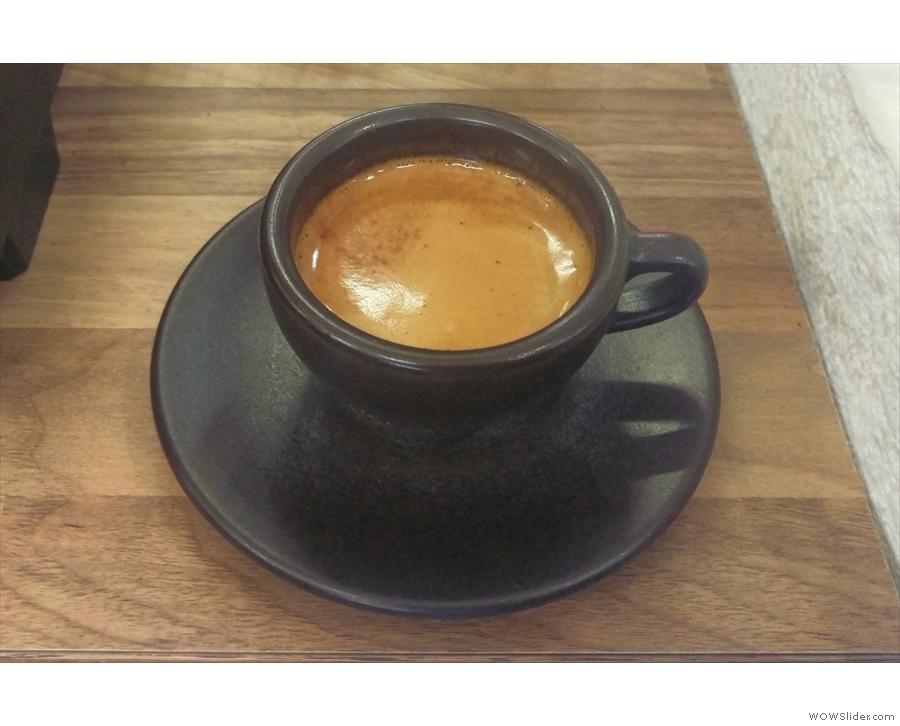


 1
1 2
2 3
3 4
4 5
5 6
6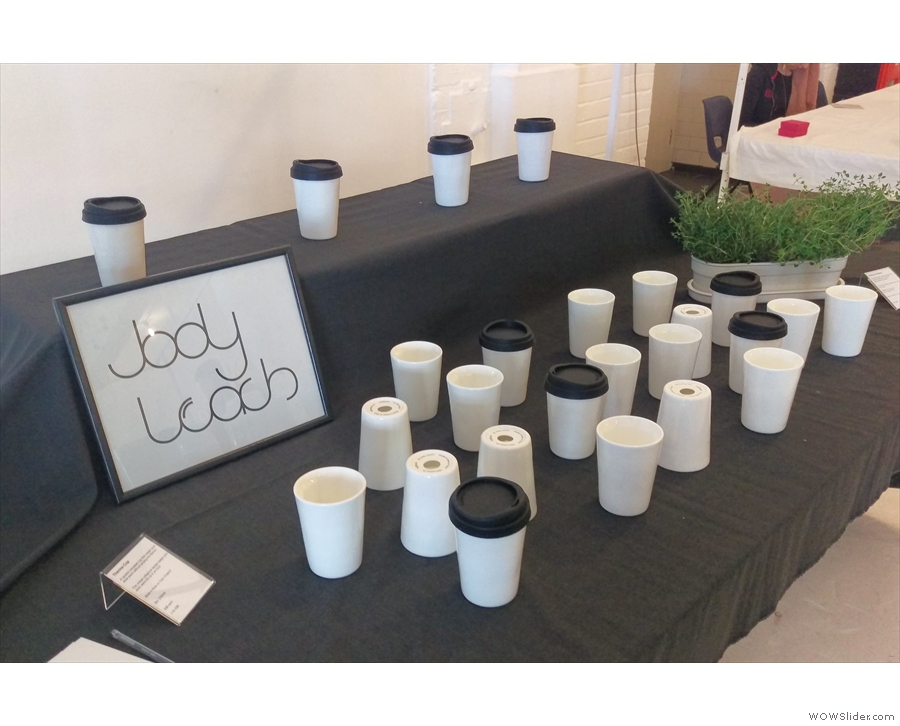
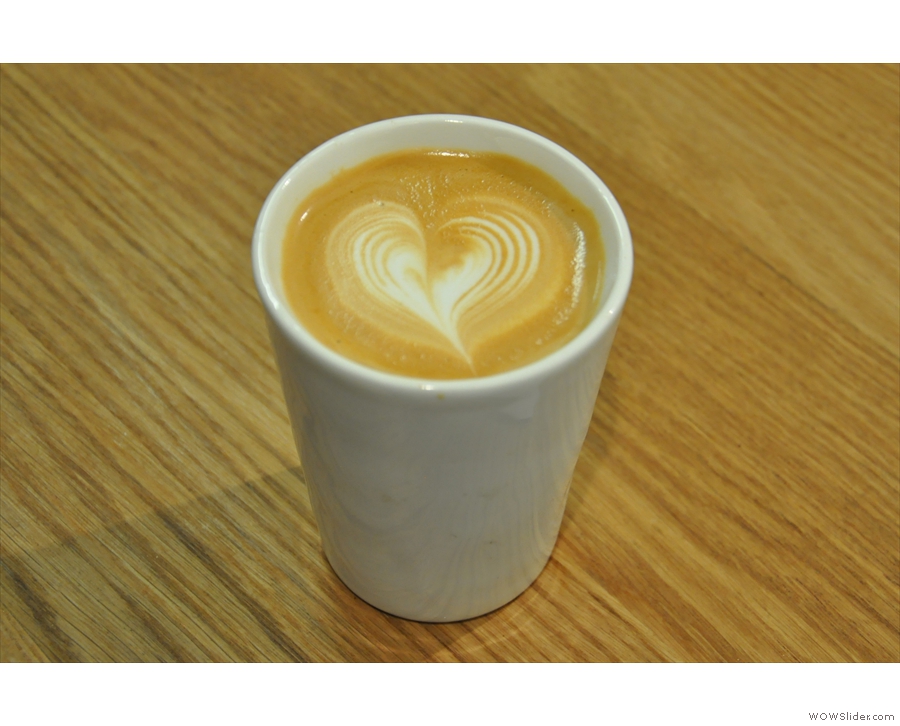




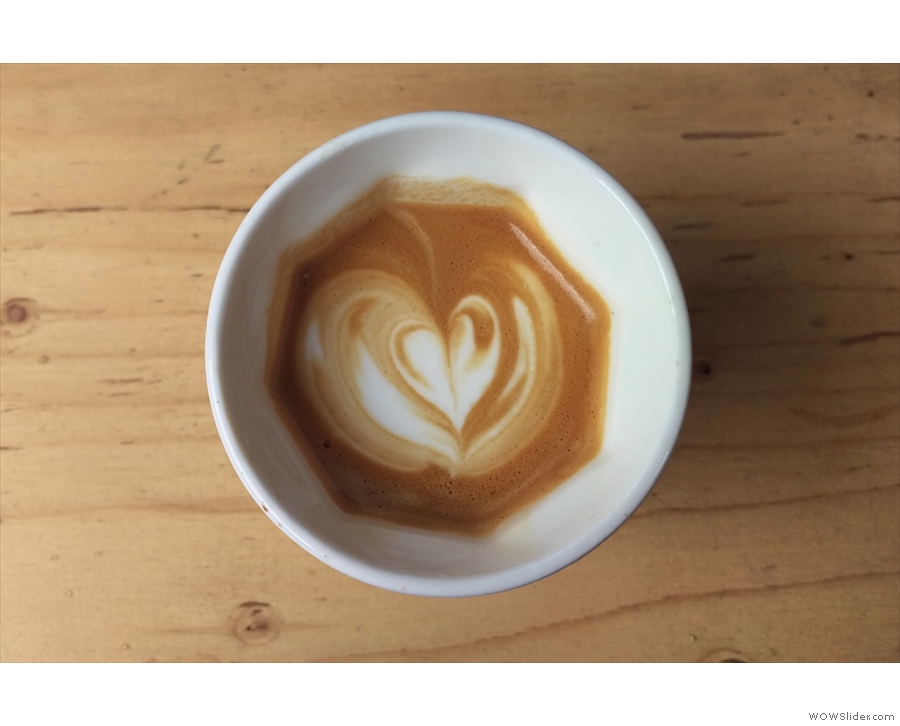



 1
1 2
2 3
3 4
4 5
5 6
6 7
7 8
8 9
9 10
10



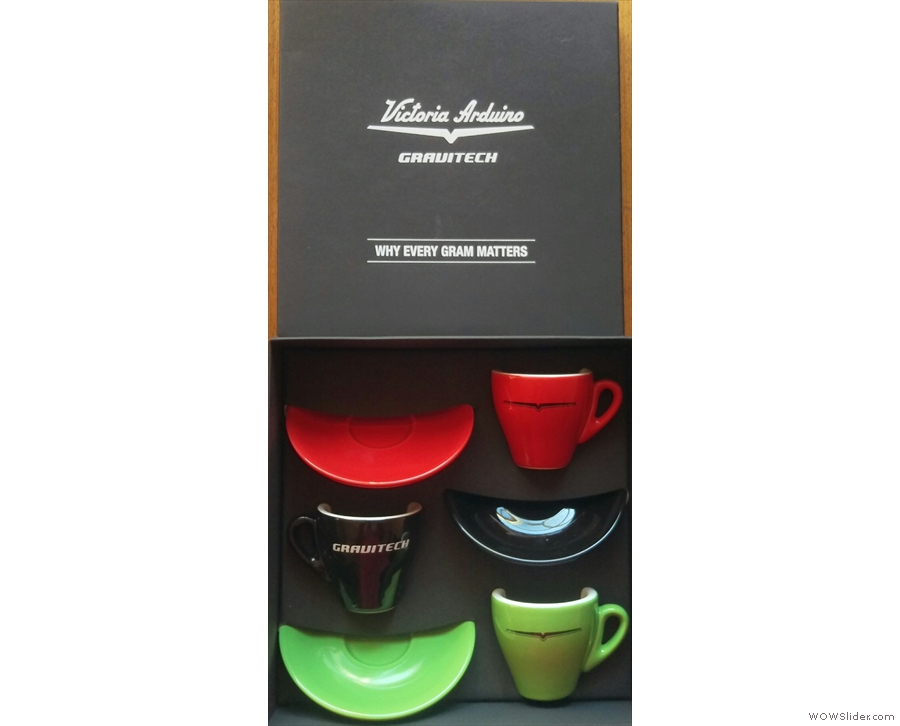





 1
1 2
2 3
3 4
4 5
5 6
6 7
7 8
8 9
9 10
10










 1
1 2
2 3
3 4
4 5
5 6
6 7
7 8
8 9
9 10
10 11
11








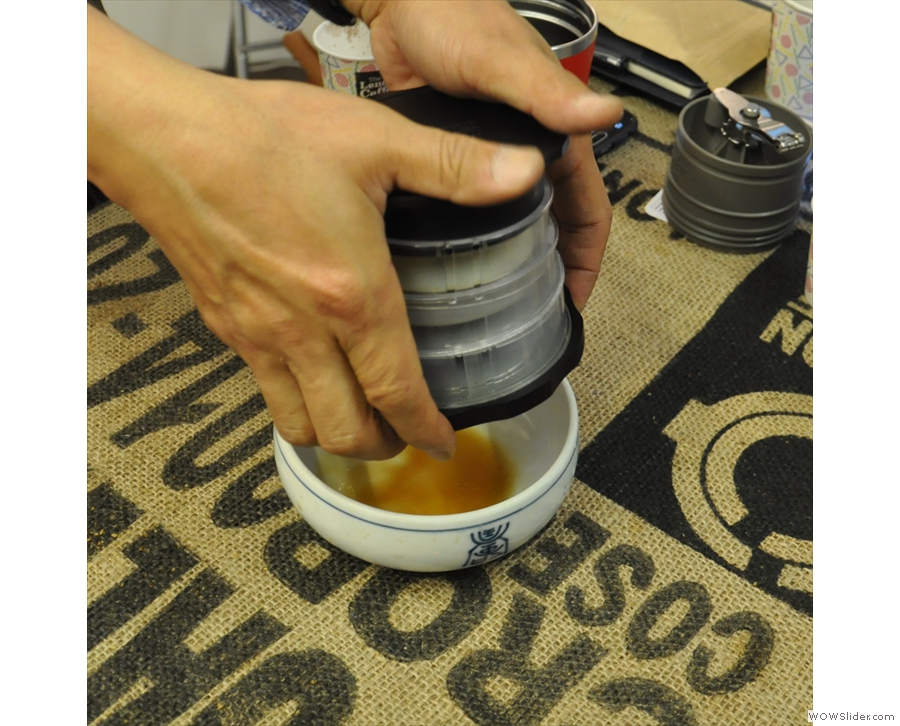


 1
1 2
2 3
3 4
4 5
5 6
6 7
7 8
8 9
9 10
10 11
11 12
12
Pingback: London Coffee Festival 2016: Round-up | Brian's Coffee Spot
Pingback: London Coffee Festival 2016: Automatic Filter Machines | Brian's Coffee Spot
Pingback: London Coffee Festival 2016: The Kit | Brian's Coffee Spot
Pingback: Upstairs Coffee | Brian's Coffee Spot
Pingback: Hatch Coffee | Brian's Coffee Spot
Pingback: London Coffee Festival 2016: Coffee | Brian's Coffee Spot
Pingback: Sottoscala: Terrone at Pizza Pilgrims | Brian's Coffee Spot
Pingback: Pitch, Fulham Broadway | Brian's Coffee Spot
Pingback: World of Coffee 2016: The Kit | Brian's Coffee Spot
Pingback: Origin at the British Library | Brian's Coffee Spot
Pingback: Jake’s Coffee Box | Brian's Coffee Spot
Pingback: Can Do Coffee, Paddington | Brian's Coffee Spot
Pingback: Another Pop Up in Digbeth | Brian's Coffee Spot
Pingback: Rag & Bone Coffee | Brian's Coffee Spot
Pingback: Crosstown Doughnuts | Brian's Coffee Spot
Pingback: Manner Coffee | Brian's Coffee Spot
Pingback: Manchester Coffee Festival 2016 Preview | Brian's Coffee Spot
Pingback: London Coffee Festival 2016: Coffee Experiences | Brian's Coffee Spot
Pingback: Brixton Blend | Brian's Coffee Spot
Just come across this post again. I realise how useful so much of what you are saying is.. It’s a pick and mix of thoughts, ideas and reviews on kit that is relevant to the industry. Great to dip in and out of. Today I reminded myself about that coffee cup you mention in the Brixton post.. Clicked on it and off I went!
Finally, someone followed one of my links 😉
Pingback: Manchester Coffee Festival 2016 Part III | Brian's Coffee Spot
Pingback: The Coffee Spot Christmas Gift Guide 2016 | Brian's Coffee Spot
Pingback: 2016 Awards – Best Takeaway Coffee | Brian's Coffee Spot
Pingback: London Coffee Festival 2017: Preview | Brian's Coffee Spot
Pingback: London Coffee Festival 2017: Sustainability | Brian's Coffee Spot
Pingback: London Coffee Festival 2017: Kit & Cups | Brian's Coffee Spot
Pingback: Just Between Friends Coffee | Brian's Coffee Spot
Pingback: Manner Coffee, Fengxian Road | Brian's Coffee Spot
Pingback: Interesting Coffee Cups Images – Home Design Library
Pingback: World of Coffee 2016: The Kit | Brian's Coffee Spot